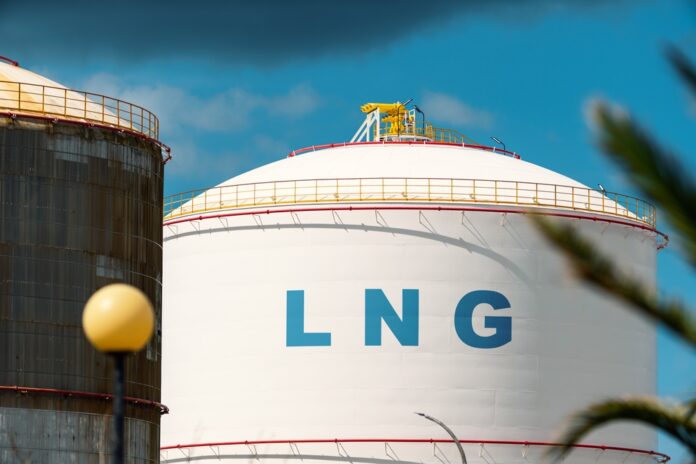The supply of liquefied natural gas (LNG) in markets around the world is seen to remain tight through 2025, according to the Institute for Energy Economics and Financial Analysis (IEEFA).
“IEEFA expects that sustained high global LNG prices, weak LNG demand growth and elevated price sensitivity in Asia, declines in gas consumption in Europe, and a multi-year string of global capital investments in cost-competitive energy alternatives will undermine global LNG demand growth over the next several years,” the think tank’s analysts said in a report released on Thursday.
The analysts also noted that while the Philippines has two LNG terminal projects scheduled to come online early this year, their proponents still have not secured long-term supply contracts as of latest.
IEEFA said a recent survey of LNG buyers in Japan show no long-term shipment contracts until 2026, which may force the Philippines to rely “solely on volatile spot markets for several years.”
“Policy responses to the global energy crisis may limit the role for LNG. In the Philippines, for example, the government held the first centralized auction for 2 gigawatts of renewable energy and increased mandatory renewable procurement levels,” the think tank said.
“The government has also removed foreign ownership restrictions on new renewable energy projects, established preferential dispatch for renewables in the wholesale electricity spot market, and increased net metering size limits from 100 kilowatts to 1 megawatt (MW),” the think tank added.
Still, the Department of Energy (DOE) remained optimistic the LNG terminal projects scheduled for completion this year should soon secure supply contracts, noting the average LNG price is comparably lower than last year’s prices.
“Supply is not the problem given the connections of both. It is the price of the (commodity at) $20 per British thermal units (mmbtu) that will be of greater concern. Japan Korea Marker is currently at $20 per mmbtu compared to $70 per mmbtu last September,” said Rino Abad, DOE director at its Oil Industry Management Bureau.
Abad said LNG at this price range is “relatively reasonable” for local LNG terminal developers to import.
In January this year, the DOE projected Linseed Field Corp. to complete its first integrated LNG import terminal project in Ilijan, Batangas City, with its commissioning scheduled for this March 2023 and its commercial operations by April.
The DOE said FGEN LNG Corp. and its partner, BW LNG, bared the commissioning of its LNG terminal in March and its commercial operation to begin the following June.
The two LNG import terminals are the first to become operational with five others – Samat LNG Corp., Luzon LNG Terminal Inc., Energy World Gas Operations Philippines, Inc., Shell Energy Philippines, Inc. and Vires Energy Corp. – following soon after.
The DOE said the country’s natural gas consumption were to aggregate at least 24,263 MW by 2040 in the reference scenario and 18,883 MW in the clean energy scenario, from the current 2,011 MW power generation.
Growth is mainly driven by the displacement of coal and oil-based fuels in power generation and the greater use of gas-fired power plants as sources of balancing power.







